Countryside Planning
Countryside Planning PPS 21
HR Jess offers professional planning advice to clients who have countryside land holdings or sites and need to know what planning opportunities or limitations the PPS 21 imposes on their plans.
We work with you to identify how best to maximise the development potential of your land. We use our detailed knowledge of the policy guidelines and existing precedent to ensure that our designs meet the application requirements to speed up the planning process.
Dwellings on a farm
#1- The farm business is currently active and has been established for at least 6 years
- No dwellings or development opportunities out-with settlement limits have
been sold off from the farm holding within 10 years of the date of the application. - The new building is visually linked or sited to cluster with an established
group of buildings on the farm and where practicable, access to the dwelling should
be obtained from an existing lane – exceptionally, consideration may be given to an
alternative site elsewhere on the farm, provided there are no other sites available at
another group of buildings on the farm or out-farm, and where there are either
demonstrable health and safety reasons; or verifiable plans to expand the farm
business at the existing building group(s).
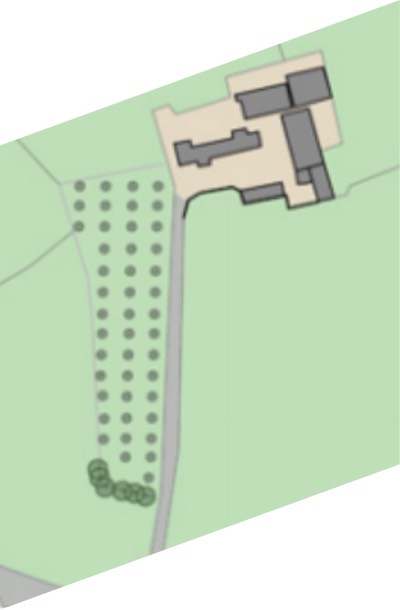
01

02
Infill Gap Sites
#2An exception will be permitted for the development of a small gap site sufficient only to accommodate up to a maximum of two houses within an otherwise substantial and continuously built up frontage and provided this respects the existing development pattern along the frontage in terms of size, scale, siting and plot size and meets other planning and environmental requirements.
For the purpose of this policy the definition of a substantial and built up frontage includes a line of 3 or more buildings along a road frontage without accompanying development to the rear.
In certain circumstances it may also be acceptable to consider the infilling of such a small gap site with an appropriate economic development proposal including light industry where this is of a scale in keeping with adjoining development, is of a high standard of design, would not impact adversely on the amenities of neighbouring residents and meets other planning and environmental requirements.
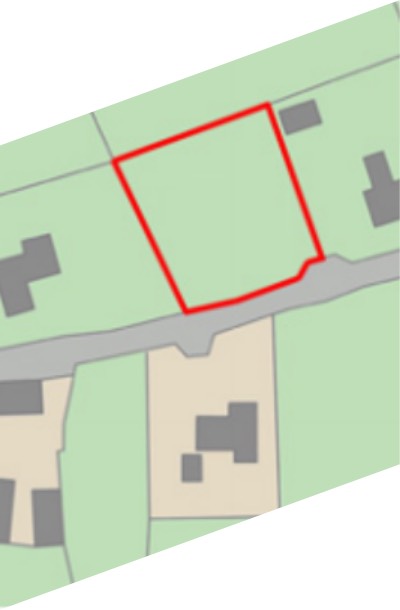
01
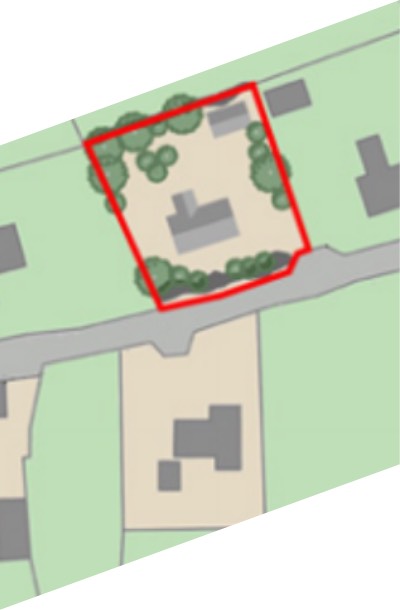
02
New Dwelling in Existing Clusters
#3- The cluster must consist of four or more buildings, at least three of which must be dwellings.
- It must appear as a visual entity in the landscape and be associated with a focal point, such as a social or community building, or a crossroad.
- The site must provide a certain degree of enclosure, bounded on a minimum of two sides with existing buildings.
- The development of the site should not significantly alter its existing character or visually intrude into the open countryside.
- The development must not adversely affect residential amenities.
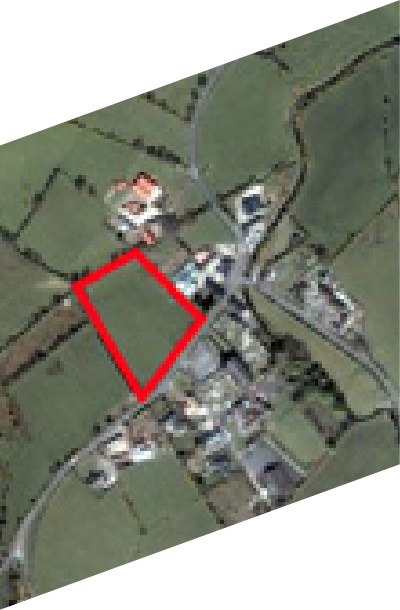
01
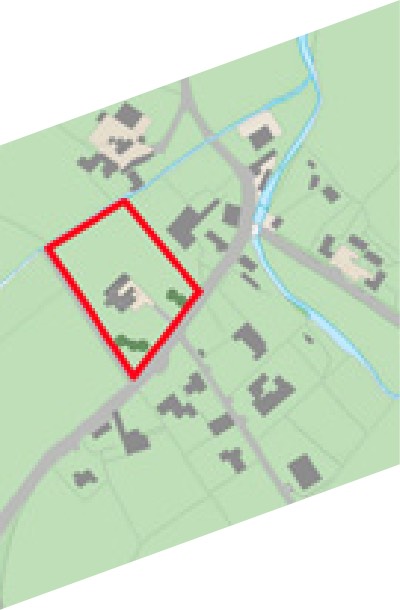
02
Conversion And Reuse of Existing Buildings
#4Such proposals will be required to be of a high design quality and to meet all of the following criteria:
- The building is of permanent construction
- The reuse or conversion would maintain or enhance the form, character and architectural
features, design and setting of the existing building and not have an adverse effect on the
character or appearance of the locality - Any new extensions are sympathetic to the scale, massing and architectural style and
finishes of the existing building - The reuse or conversion would not unduly affect the amenities of nearby residents or
adversely affect the continued agricultural use of adjoining land or buildings - The nature and scale of any proposed non-residential use is appropriate to a
countryside location - All necessary services are available or can be provided without significant adverse impact
on the environment or character of the locality - Access to the public road will not prejudice road safety or significantly inconvenience
the flow of traffic
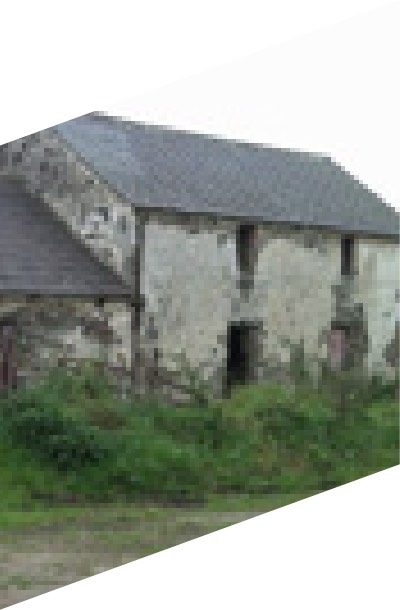
01
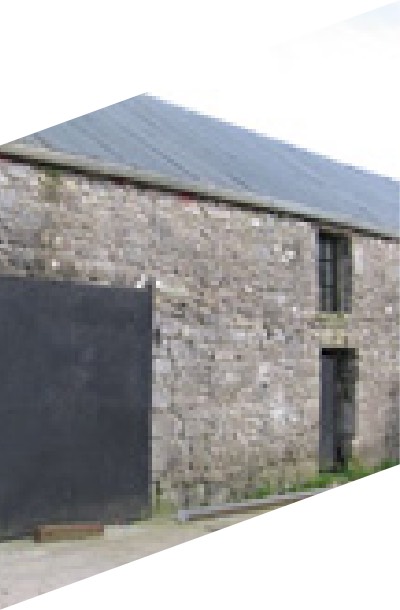
02
Development in the Rural Communities
#5- Permission will generally be limited to one cluster per focal point
- Appropriate economic development enterprises, including schemes for tourist development,
and new social or community facilities may also be accommodated - The design of all proposals should be of a high quality appropriate to their rural setting and
have regard to local distinctiveness
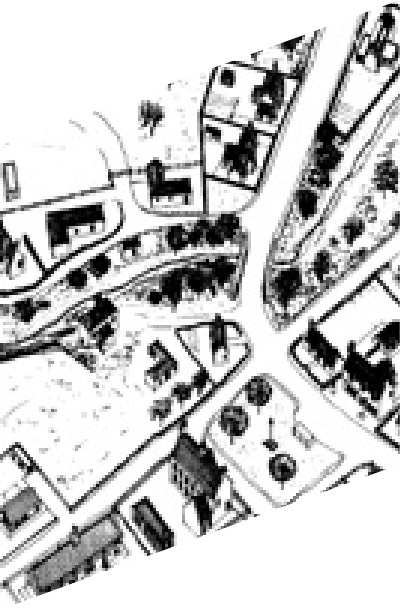
01
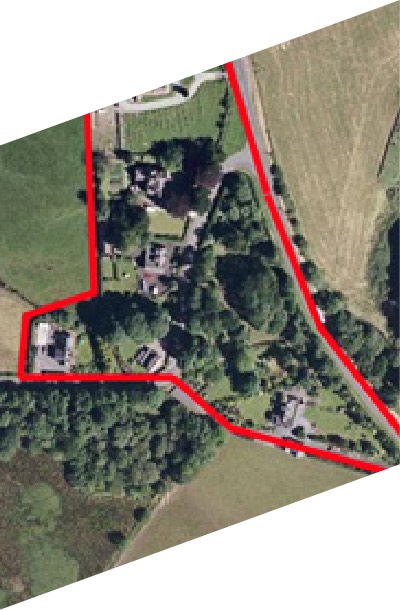
02
Replacement Dwellings
#6Favourable consideration will be given to the replacement of a redundant non-residential building where the proposed redevelopment would bring significant environmental benefits, providing the building is not listed or contributes significantly to the heritage, appearance or character of the locality.
In the case of a building being recently destroyed, e.g. through accident or fire, planning permission may be granted for a replacement building.
The replacement of existing dwellings is an important factor in the regeneration of the countryside and the development and renewal of rural housing.
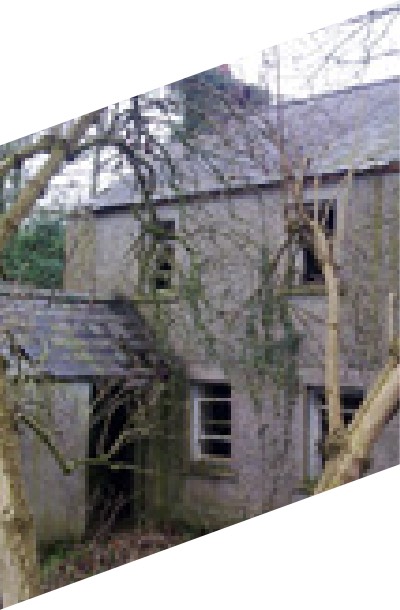
01
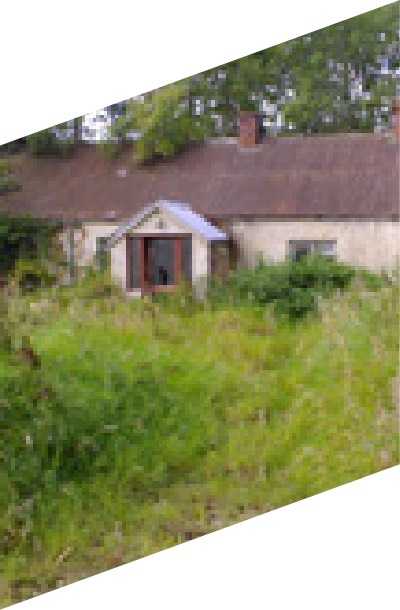
02
Building on tradition (Planning NI)
#7
